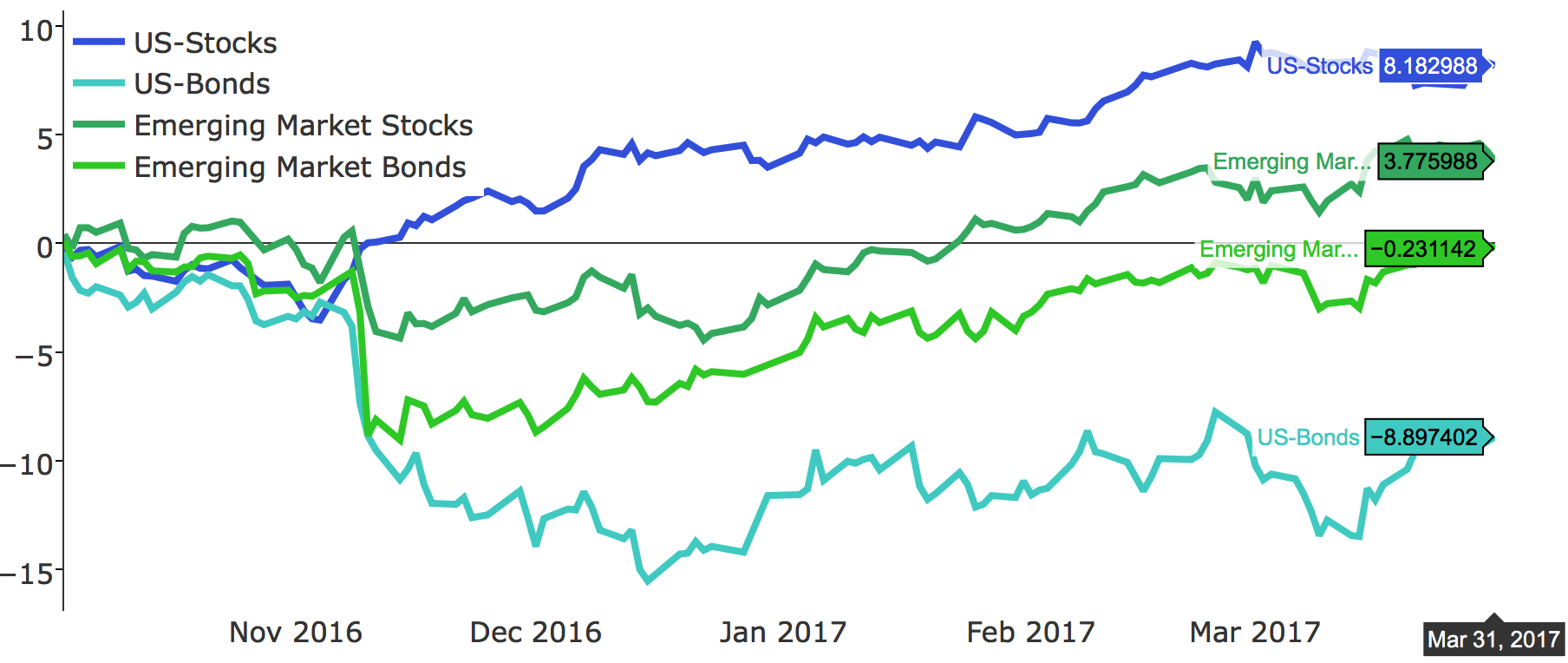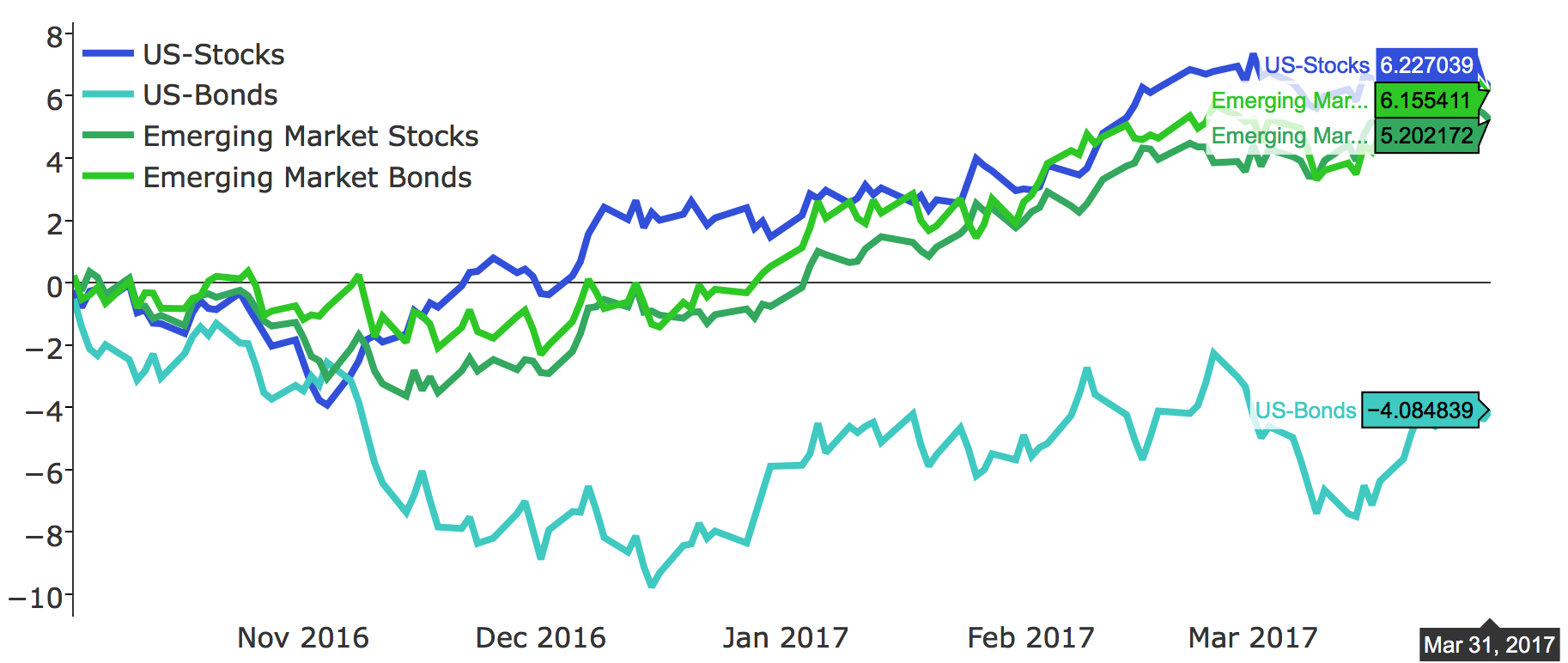Applying Deep Learning and High Frequency Trading to Asset Management
This is for educational purposes only. Please view important disclosures at the end of the presentation.
The problem
Assets managed globally: $164 trillion
Fees charged : more than $1 trillion a year
Yet, we are no closer to solving the problem
Towards a science of investing
"security analysis may begin--modestly, but hopefully--to refer to itself as a scientific discipline "
Imagining investing with "trustworthy tool" and not experts.
- Benjamin Graham

... and it should keep learning
The answer is ... Deep Learning
What we will cover today
Information
Short term
Structuring
Medium term
Prediction
Long term
What's your edge?
High Frequency Trading is ...
-
Short-term prediction of price changes
-
Detecting demand-supply imbalances
-
Avoiding overcrowding of trades
-
Being very sensitive to losing pennies
High Frequency Trading is ...
-
very costly
-
low capacity
-
not enough to make money anymore
-
ignoring long-term signals
-
first success of ML in trading, more to come
1987, 1997, 2007, 2017?
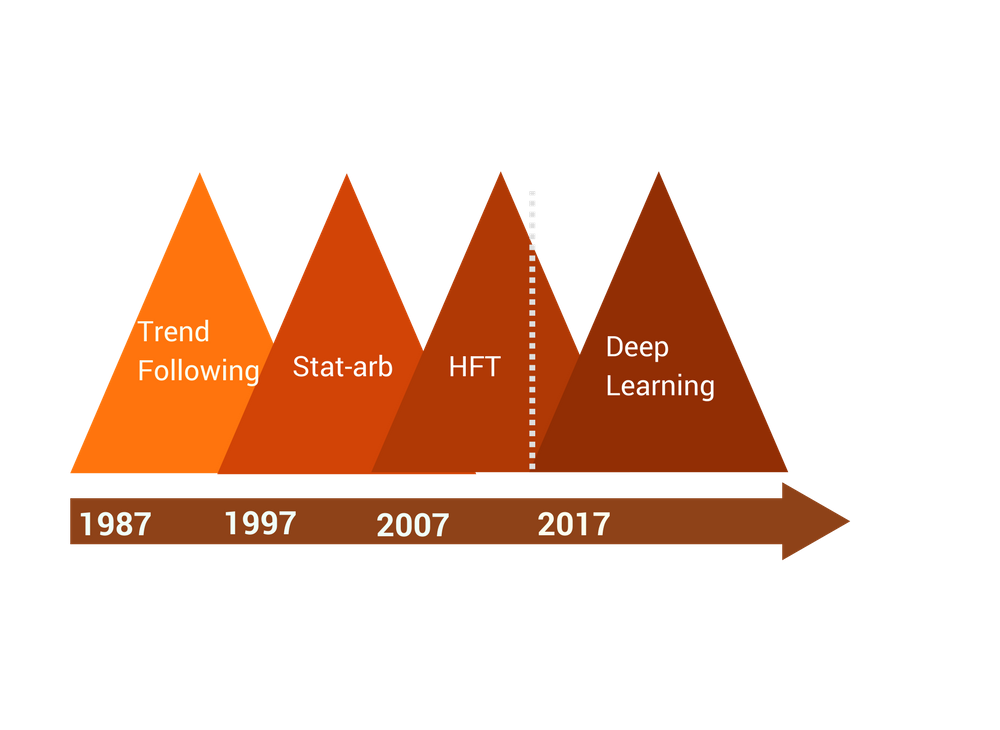
Using Deep Learning / AI in Trading
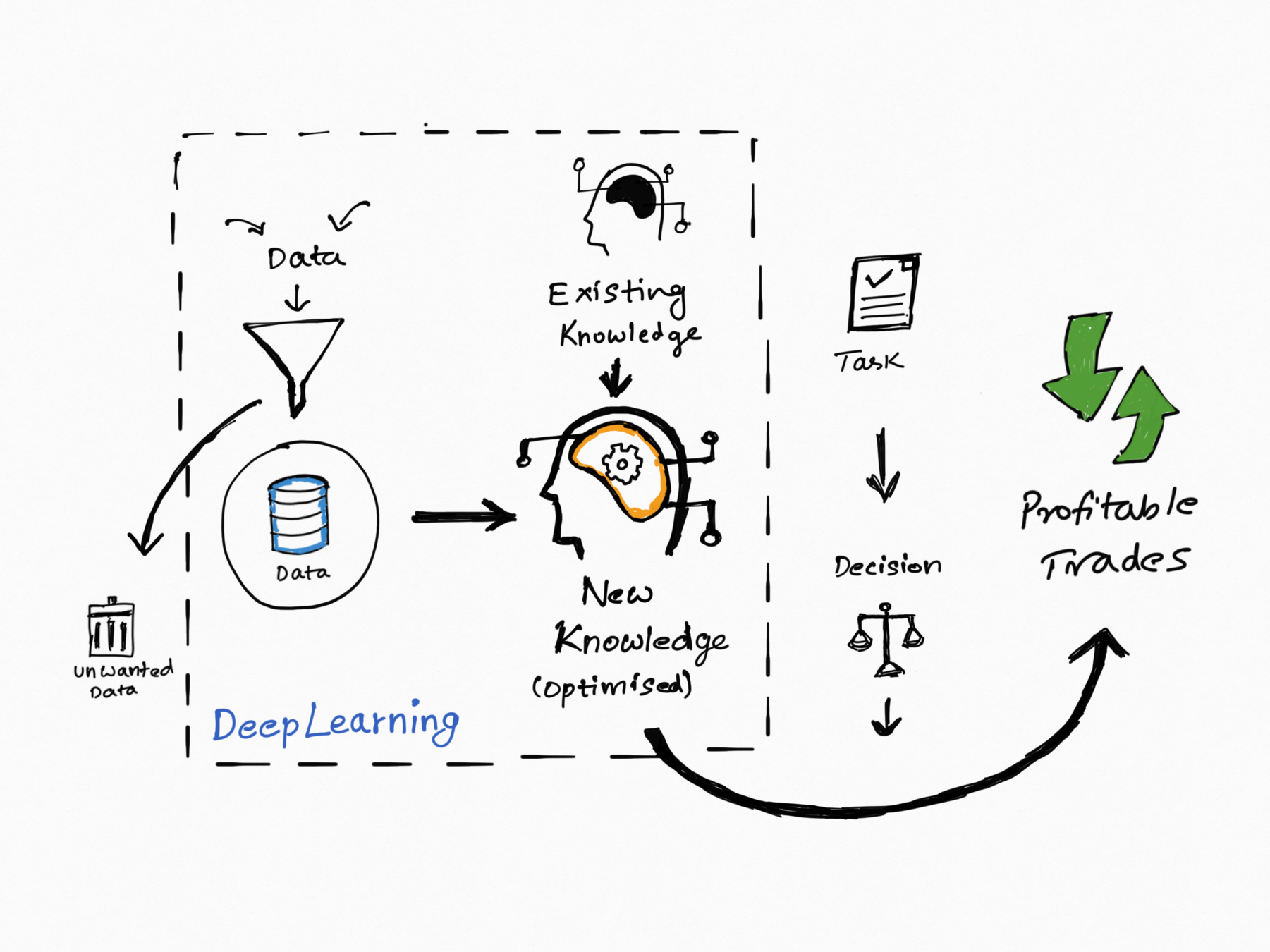
USP: Finding summaries
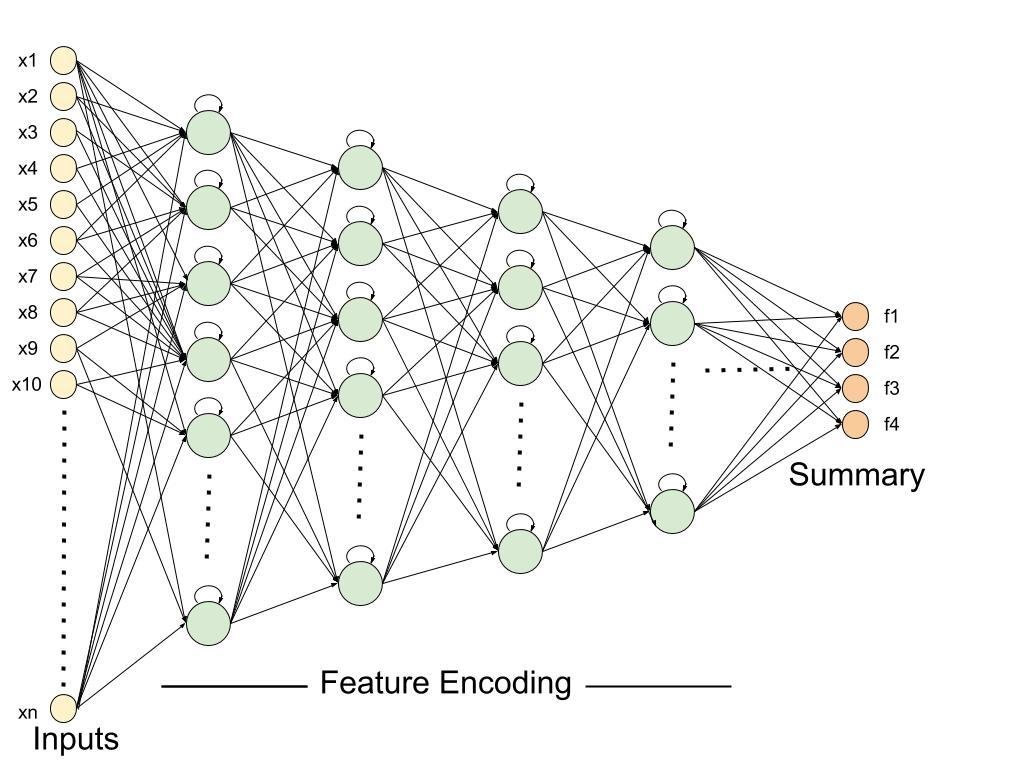
Business drivers
Why now? - Lots of data
-
High Frequency trading and systematic trading, in general, has led to a lot of data. We are generating more data in one day now than we were in the entire decade of 1990s.
qplum .co
Why now? - GPUs and TensorFlow
-
GPUs and customized hardware that allows us to solve problems in hours that would have taken weeks a year or two ago.
-
Software like Tensorflow/PyTorch and MapReduce make all of this cheap enough for small companies to innovate with.
qplum.co
Why now? - ML in Social Sciences
-
There is a lot of innovation into machine learning of social sciences led by technology companies like Google and Facebook.
-
Pure science methods like linear regression, brownian motion etc don't work in all regimes.
qplum.co
Why now? - ML is better than traders
-
A shift in power from star traders to complex systems.
-
Five years ago, no serious money manager would let us touch their money with DL.
qplum.co
Why is AI important today?
Does this mark the end of the human trader?
What does AI mean for investors?
How is AI currently affecting asset management?
Deep probabilistic programming
Walk-forward testing, preventing overfitting
How should institutional investors adapt to AI?
Rise of robots, the future of a quant led approach
Cost of staying ahead of the curve?
What's the end goal? What are we working towards?
qplum.co
Investing can be a science
Not a game
Not a competition
but an inclusive process where decision making is truly data-driven.
qplum.co
Investing can be a science, if we all work towards it.
Email: contact@qplum.co Ph: 1-888-QPLUM 4U
| qplum LLC is a registered investment adviser. Information presented is for educational purposes only and does not intend to make an offer or solicitation for the sale or purchase of any specific securities, investments, or investment strategies. Investments involve risk and, unless otherwise stated, are not guaranteed. Be sure to first consult with a qualified financial adviser and/or tax professional before implementing any strategy discussed herein. Past performance is not indicative of future performance. |
Appendix
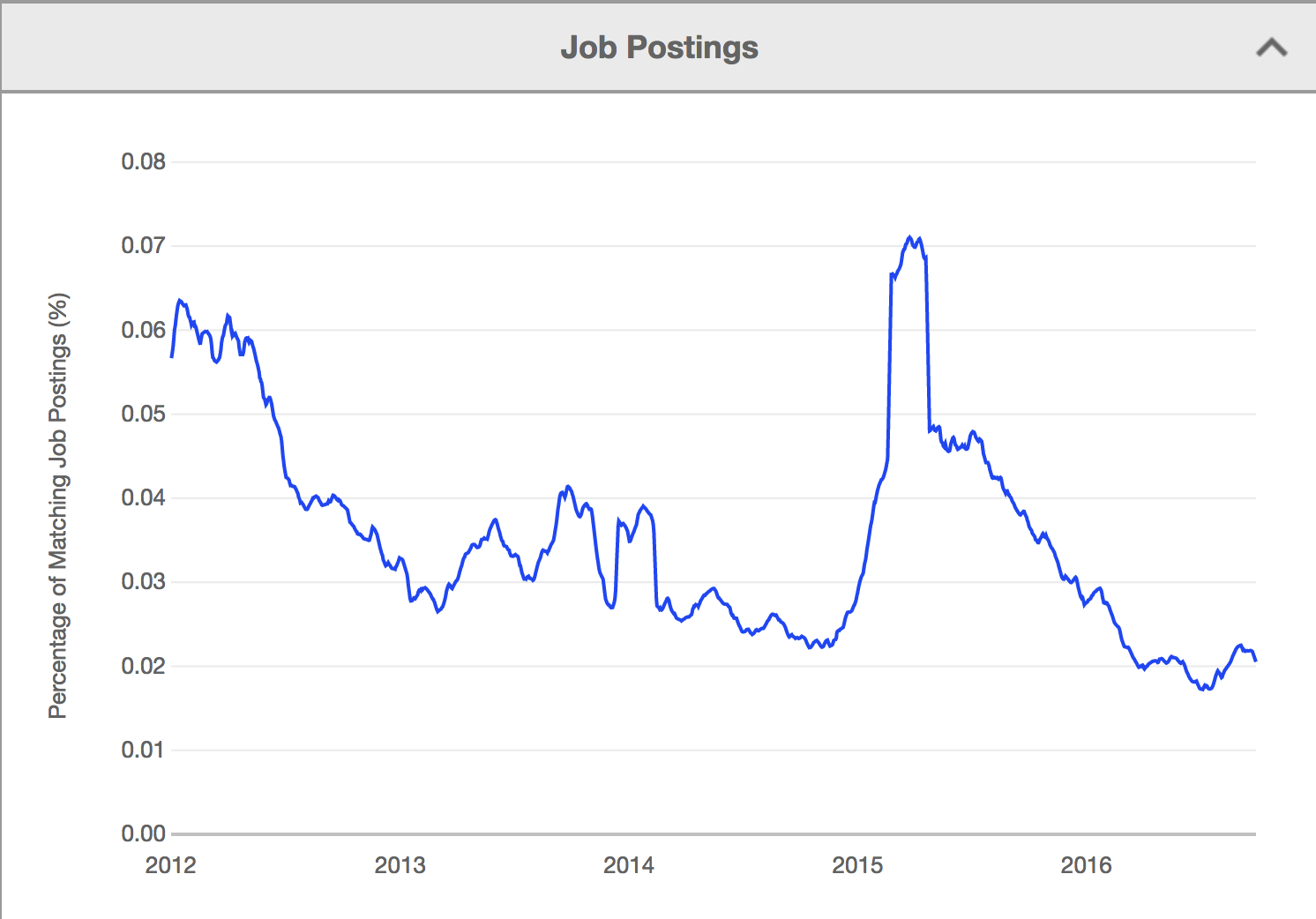
Nationwide job postings - traders, quants, FinTech, A.I.
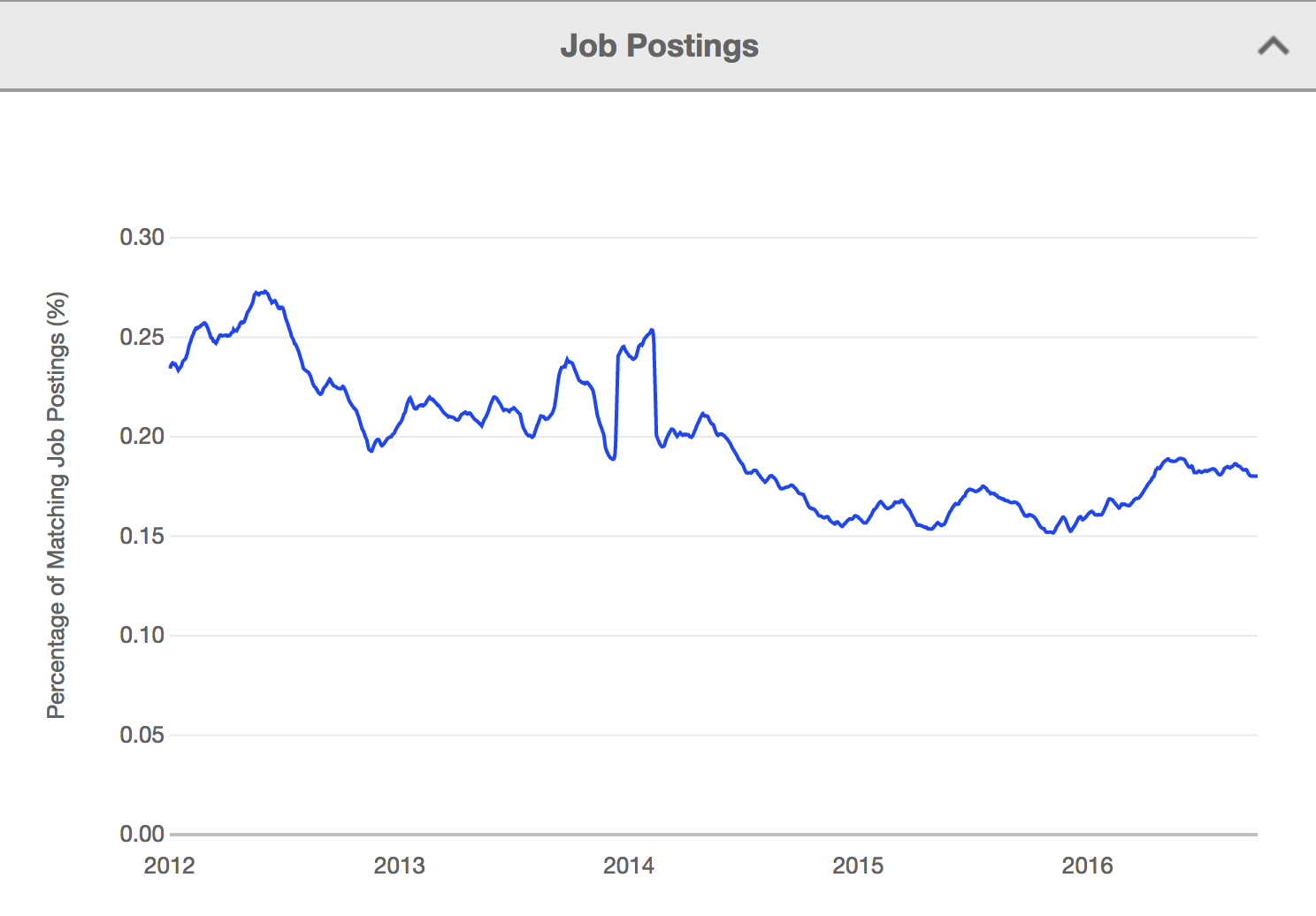


|
Information Speed Short term |
These trades work most of the time. They make a little bit of money, when they do. They are consistently profitable but not very scalable. |
|
Structuring Stat-Arb Lead/Lag Medium term |
Works a fair bit of the time. Works particularly well when volatility and risk in the market is low. Reasonable scale, about 3% to 5% of annual alpha. |
|
Prediction View-based Long term |
These trades are typically very few, but when they work, they are very big winners. This is traditionally what |
How we use Deep Learning in Trading

How we use Deep Learning at qplum
